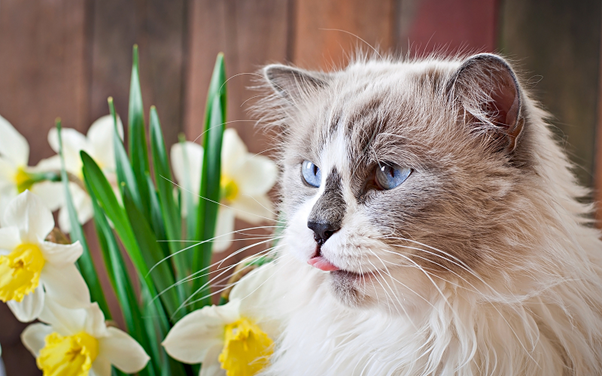When a beloved pet dies, the silence isn’t just about the missing bark or the absence of a purr. It’s everywhere. In the way the couch doesn’t dip anymore. In the quiet hall where paws once clicked against the floor. Even in small routines—the half-empty food bag, the leash that still hangs by the door. Loss, when it comes, alters the shape of a home. And that’s why pet remembrance matters. It’s not only about memory—it’s about survival, about holding on to love when grief threatens to swallow it.
Why Pet Loss Hurts Differently
The loss of a pet isn’t like losing a friend or even a relative. The relationships don’t follow the same rules. With people, our bonds are tangled in expectations, arguments, reconciliations. But with pets—there’s only presence, loyalty, affection without conditions. That’s it. That’s the beauty.
And when that disappears, the gap is raw. People outside of it might say things like “you can always get another dog.” Or worse: “it was just a cat.” But grief doesn’t measure itself by species. It measures by connection. If that bond was pure, then the sorrow will be too. That’s why remembrance is not indulgence. It’s a declaration: this love mattered, and still does.
The Healing Power of Rituals
We think of rituals as grand, ceremonial things. But in grief, they don’t have to be. Sometimes they’re quiet. Personal.
A burial beneath a favorite tree. A few words spoken at sunset. Or even something as simple as leaving a treat in the bowl for a week after the pet is gone. Rituals give the grief shape. They make it visible instead of leaving it swirling inside.
Some families recreate habits—one man I knew still set down water at night, not because he expected his dog to drink it, but because the act itself was a comfort. That’s what rituals do. They aren’t about pretending. They are about building a bridge between “with” and “without.”
Keepsakes That Carry Stories
Objects become heavy after loss. A collar, frayed and worn, might hold more weight than any polished urn. You pick it up and, suddenly, the sound of tags jingling comes back to you. And with it—afternoons in the park, the dash toward the door, that familiar excitement.
Yes, some keepsakes are deliberate. Paw prints pressed into clay. A scrapbook of photos. Jewelry that holds ashes. But sometimes, it’s the accidental treasures that hit hardest: a toy under the couch, hair caught in an old blanket.
Technology adds its own layer. Videos, for instance. A short clip of your cat chirping at birds or your dog rolling belly-up in the yard. They remind us of movements, sounds, quirks—the things memory alone can blur.
The Community We Don’t Expect
Grief often pushes people inward. Yet, losing a pet can create unexpected connections. Strangers—people you barely know—might suddenly share their own stories. They’ll tell you how their golden retriever used to curl up like a doughnut in bed. Or how their parrot repeated the word “hello” long after it was gone.
Support groups, shelters, veterinary practices—many host remembrance events. These gatherings become more than ceremonies. They’re places where you don’t have to explain why your chest aches. Because everyone there already understands. And in that shared understanding, grief lightens just a little.
Teaching Children to Remember
For children, a pet’s death is often the first encounter with mortality. It can be jarring. Painful. And how we guide them through it matters.
It’s tempting to protect them. To say “we’ll just get another.” But that shortcut denies them something vital: the chance to process, to feel, to honor. Instead, involving them helps. Ask them to draw their happiest memory. Let them write a goodbye letter. Or give them the role of placing flowers on the grave each spring.
These gestures teach resilience. They also teach that grief, though heavy, can be expressed openly. That remembering isn’t weakness but a way of keeping love alive.
Why Pet Remembrance Matters
To remember isn’t to cling desperately to the past. It’s to accept that love leaves marks, and those marks deserve care. A wagging tail, the warmth of a purr, the steady companionship on long, quiet days—these remain even when the body is gone.
Grief never fully leaves, but remembrance reshapes it. What starts as sharp pain becomes softer over time, layered with gratitude. The absence doesn’t shrink, but our ability to carry it grows. Memory keeps love active, alive, present.
Conclusion:
Time does its work, but remembrance helps guide it. Through keepsakes, rituals, conversations, or small everyday gestures, grief turns into something gentler. The ache remains, yes. But alongside it lives gratitude.
Through pet remembrance, we continue the bond in a different form. They may no longer curl up beside us, but they are woven into who we are. Remembering them is how we honor them. And in that honoring, we discover peace.








